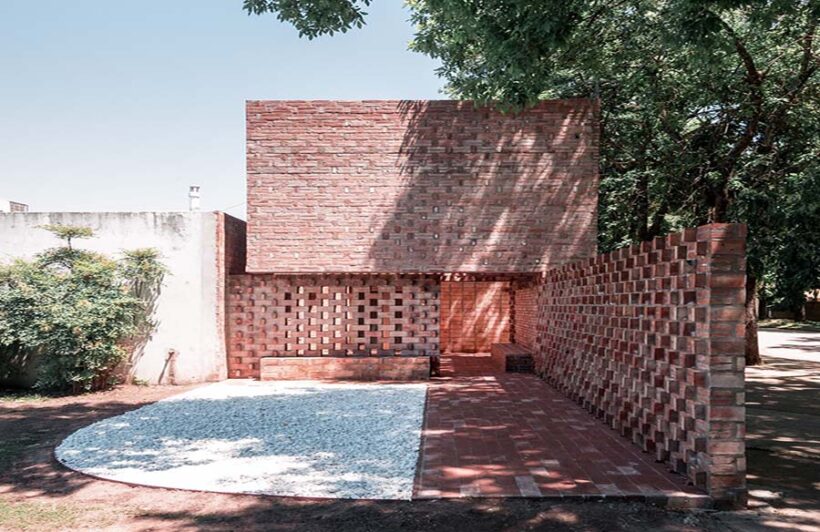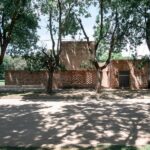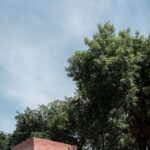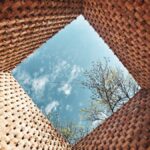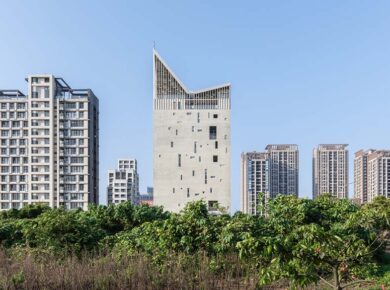The concept of Eternal Recurrence, famously pondered by Nietzsche, has captivated philosophers with its enigmatic essence. Nietzsche’s proposition, that every moment will recur infinitely, poses a profound philosophical conundrum, challenging conventional notions of time and existence.

Philosophical Implications
In contemplating the Eternal Recurrence, Nietzsche evokes the idea of an existence devoid of weight, akin to a fleeting shadow. This notion imbues life with an overwhelming sense of responsibility, as every action bears the burden of eternal repetition. Nietzsche famously referred to this concept as the “heaviest of burdens,” echoing themes explored in Milan Kundera’s novel “The Unbearable Lightness of Being.”
Architectural Intervention
Located at the entrance of Casa Velatoria in San Gregorio, Argentina, Miguel Ortego’s memorial center offers a contemplative space for visitors. Designed to evoke a sense of transition and reflection, the intervention features a courtyard that encourages visitors to gaze skyward, confronting the absence and void.
Representation of Void
Central to Ortego’s design is the representation of void, imbued with an illusion of weight. The hollow box structure, seemingly unsupported, challenges perceptions of stability and solidity. Through the juxtaposition of visible materiality and invisible essence, the design encapsulates the duality of existence – the tangible and intangible, presence and absence.

Symbolism and Materiality
The shell-like form of the structure symbolizes containment and concealment, embodying the essence of the invisible void. It serves as a vessel for the intangible, shaping space while embodying the weightlessness of existence. Within this space, the finite meets the infinite, the solid merges with the hollow, and the present coexists with the absent.
Conclusion
“The Weight of the Void” transcends its physical manifestation, inviting contemplation on existential themes of life, death, and eternity. Through architectural intervention, Ortego creates a space for introspection, where visitors confront the profound implications of Nietzsche’s Eternal Recurrence, pondering the weight of existence in the face of the void.
